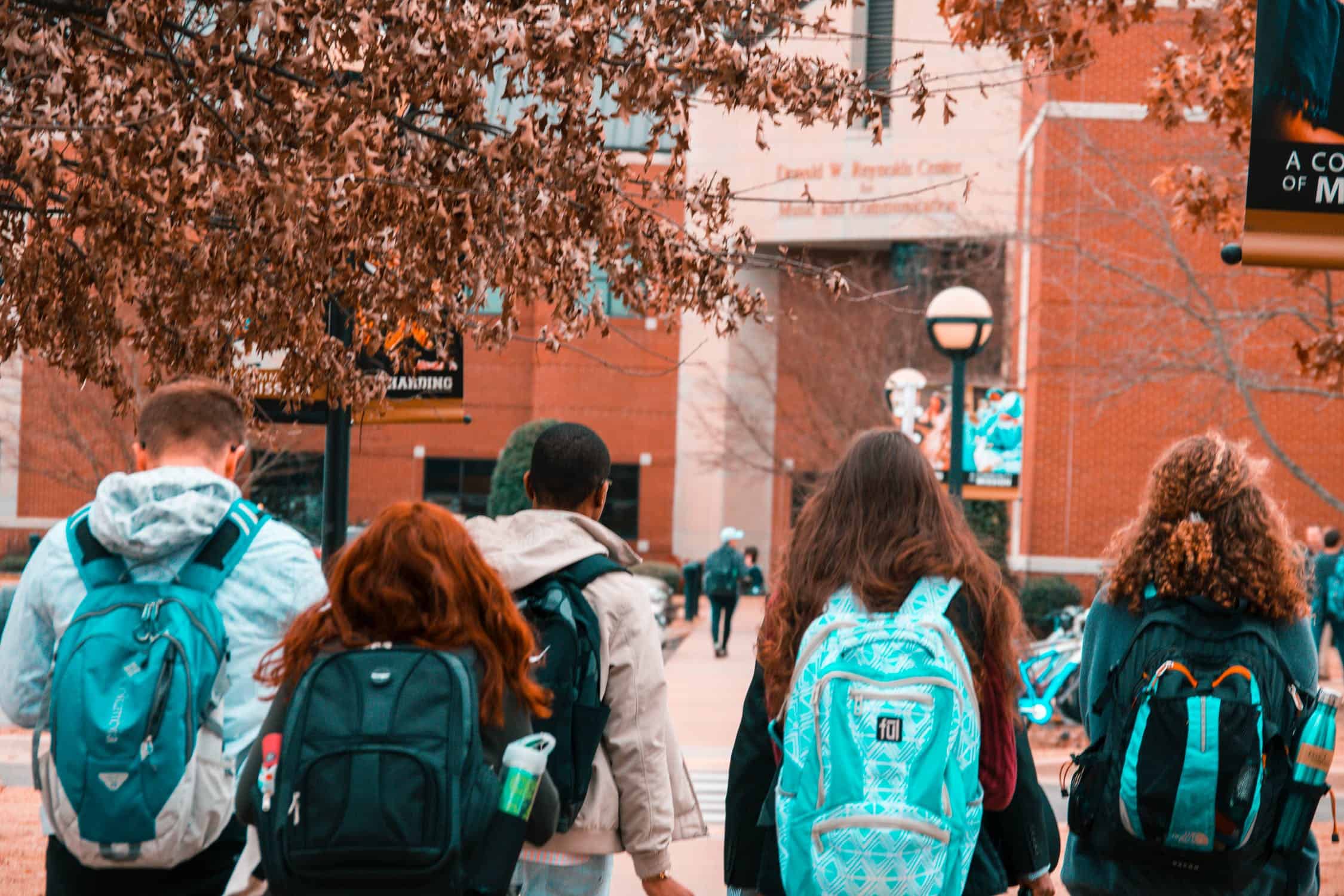Facts you never knew about Peel District School Board students in Brampton
Published December 24, 2019 at 3:02 pm

Anyone who lives in Brampton knows that it’s a diverse and vibrant city made up of people from all backgrounds and walks of life.
Anyone who lives in Brampton knows that it’s a diverse and vibrant city made up of people from all backgrounds and walks of life.
That same truth applies to the students who attend Peel District School Board (PDSB) schools.
The PDSB recently shared its first of multiple Student Census reports, which it says will “further student success, inclusion, well-being.”
The report outlines secondary students’ identities, family experiences, school experiences.
Following the launch of its first Student Census, the PDSB released Student Census 2018: Secondary School Report, a breakdown of results for over 39,000 students in grades 9 to 12.
Elementary and board results are expected to be made available by March 2020 to help inform board and school decision-making, the board says.
The census was released in the wake of allegations of anti-Black racism and discrimination at the board level in the PDSB. The province is currently reviewing the board at the board’s request.
“With a response rate of over 92 per cent, this report helps paint a clearer, detailed picture of Peel secondary students’ identities and experiences,” says Peter Joshua, director of education.
“We are committed to honouring their voices and to using these findings to strategically plan for student success, inclusion and well-being.”
The report includes the secondary demographic data, required by the Anti-Racism Directorate for any school board taking part in identity-based data collection.
So, what did the census reveal?
According to the PDSB, the student body is incredibly diverse. The top five single racial backgrounds reported by secondary students are South Asian (45.3 per cent), White (16.8 per cent), Black (10.2 per cent), Middle Eastern (5.6 per cent), and East Asian (5.4 per cent).
The census says 261 (or 0.7 per cent) of secondary students identify as First Nations, Métis, Inuit or another Indigenous identity.
The most frequently ethnic or cultural backgrounds self-reported by secondary students are Indian (26.3 per cent), Canadian (20.7 per cent), Pakistani (11.5 per cent), Jamaican (6.6 per cent), and Chinese (6.0 per cent).
The most common religions, faiths, spiritualities or creeds of secondary students are Islam (22.4 per cent), Christianity (20.7 per cent), Sikhism (15.6 per cent), Hinduism (12.6 per cent) and no religion (9.5 per cent).
The board says that throughout the 2019-20 school year, it will release a series of Student Census reports, including the results of elementary students, a full board report and in-depth reports examining the experiences of specific identities within the Peel board.
In spring 2020, school administrators will receive school-specific data to help plan for student success in their school communities.
The PDSB says it launched its first board-wide Student Census in November 2018, following a motion by the Board of Trustees. Students in grades 4 to 12 were invited to complete the census in class, while parents/guardians of students in kindergarten to grade 3 received a questionnaire to fill out on behalf of their child(ren).
The board says the census was voluntary and confidential—all responses are stored in a secure database, accessed only by the Peel board’s Research and Accountability department.
“To help students succeed, we need to truly understand who they are and how they feel,” says Poleen Grewal, associate director of instructional and equity support services.
“We have a responsibility in education to provide every student with learning environments and supports that help them excel. Our next steps will be to dig deeper into these results and explore how specific identities experience school life, so that we can remove barriers and improve programming to better meet the needs of the students we serve.”
The full secondary report is available here. It includes a breakdown of responses for each question for secondary students only.
The board says this report does not provide connections between how students identify and their experiences, as that data is still being analyzed.
“The census follows Ontario’s Education Equity Action Plan, the province’s strategy for identifying and eliminating discriminatory practices, barriers, and biases from schools and classrooms, and is a critical step to ensuring equity and addressing the factors affecting it,” the board said in a statement.
insauga's Editorial Standards and Policies advertising





